People in the general population around the world refer to the word “design” quite loosely when talking about a product or service, but it is actually very important to understand the different types of design. Otherwise, you may not understand what a designer means by the term in any given context, or how it applies to the product development process. Without understanding the different types of design, it can be fairly difficult to define what “design” really means.
Product Design
Product designers focus on generating and prioritising functionality. They strive to deliver value to users. This can be done by following the product’s stated purpose or by modifying that stated purpose when no functionality presents enough potential. Product designers must think about how a user experiences their designs and how that user should encounter the intended product in its lifecycle. They also ensure that the user is called up on to act and has the ability to act after encountering the product.
Product designs involve very little illustration compared to the other design types; however, some diagrams, flow charts and rough interfaces can often help drive the product’s functionality home. Product design typically consists of an abundance of verbal materials such as essays and outlines that portray how a product’s functionality will meet a user’s needs. Prioritisation is paramount to good product design, because there is never enough time or resources available to work on secondary elements.
Interface Design
Interface design is based on translating the concept conveyed by a product designer and articulating how the user actually experiences an encounter with the product. For example, if the product is a website, interface designers try to arrange and define various design elements to help the user understand the information.
The goal of interface design is to make the product easy to use so that as many users as possible experience the value promised by it. The medium of an interface design is extremely important, as it controls the opportunities available. Interface designers must constantly envision themselves in the role of the user and study how people of many different backgrounds interact with the product.
Visual/Graphic Design
Visual design exists to make sure that the product presents a feeling of quality and evokes the proper emotional response from users. As the most aesthetically based and subjective design type, visual design is the most immediately recognisable type. This is why most people associate the general “design” term with visual design. Visual designers take cues from product and interface designers so that they can deliver the proper emotional reaction with the product. In visual design, interface elements must be attractive and appropriately-toned to reinforce the value and purpose of the product.
Details are also very important in visual design. A simple change in colour saturation or an ineffective design element can completely throw off the aesthetic appeal of a design. Visual design incorporates high-resolution images, animations and other elements into a product’s overall design to make it stand out among the competition.
Different products need different amounts of emphasis in each design type. If your product’s target market doesn’t find value in user-interface or how the product looks and feels, then you probably shouldn’t spend much time or resources on interface and visual design. On the other hand, if your product one that needs to invoke an emotional response in sceptical users, then visual design may be most important. The different types of design make it possible to complete a design project in the most efficient manner possible.

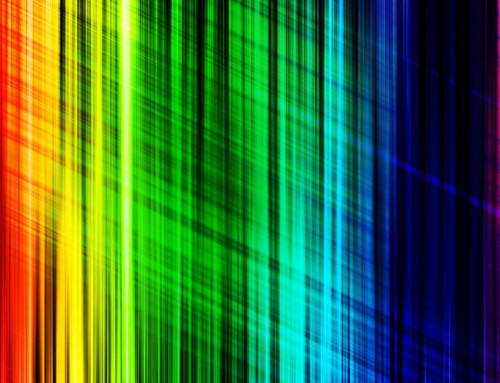
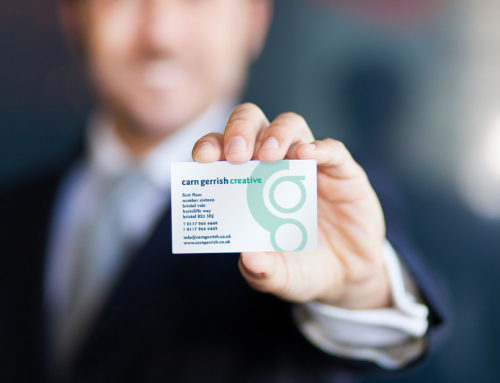
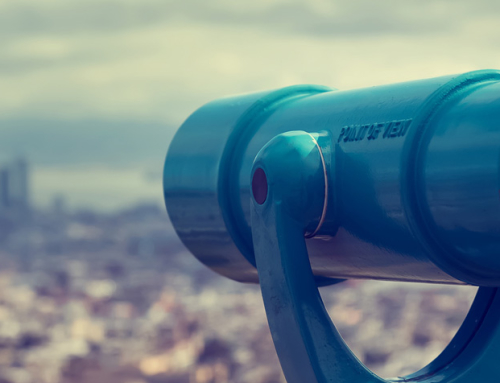
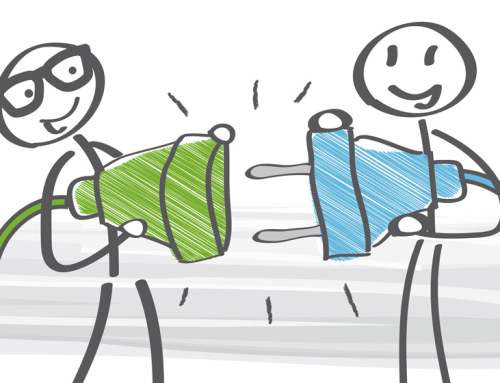
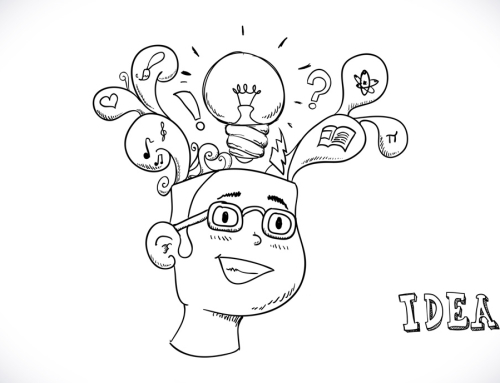
Leave A Comment
You must be logged in to post a comment.